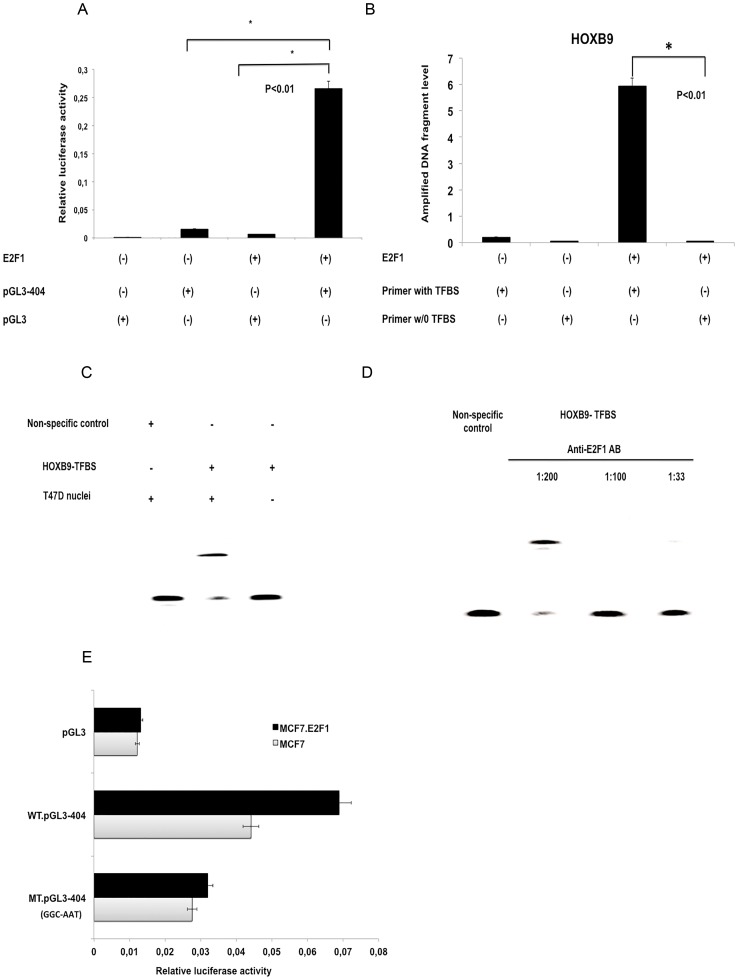Figure 3. HOXB9 is a transcriptional target of E2F1.
(A) A dual luciferase assay with plasmid including the HOXB9 TFBS (pGL3-404) was analyzed in MCF7 wild type and MCF7 cells overexpressing E2F1 to indicate transcriptional activity. MCF7 cells without E2F1 overexpression and the pGL3 vector plasmid were used as negative control. (B) Genomic DNA extracted from MCF7 either with or without exogenous E2F1 overexpression was precipitated with anti-E2F1 antibody for ChIP analysis. The amplified DNA fragment level was confirmed by Q-PCR with a primer set containing TFBS of HOXB9. Another primer set that does not include HOXB9 TFBS fragment was used as a negative control. (C) EMSA was performed with protein extract from T47D nuclei and a biotinylated probe coding the HOXB9 promoter sequence from −404 to −392 bp (HOXB9-TFBS). A non-specific probe not containing the TFBS was used as a negative control. (D) EMSA was performed after a 40-min incubation with T47D nuclei extract in several concentrations of anti-E2F1 antibody (1∶200, 1∶100, and 1∶33). (E) Mutation variants of the HOXB9 TFBS, in which the GGC sequence was changed to ATT, cloned into pGL3 plasmid, and analyzed using a dual luciferase assay in MCF7 either with or without exogenous E2F1. The pGL3 vector plasmid was used as negative control. WT, wild type; MT, mutation variant.

